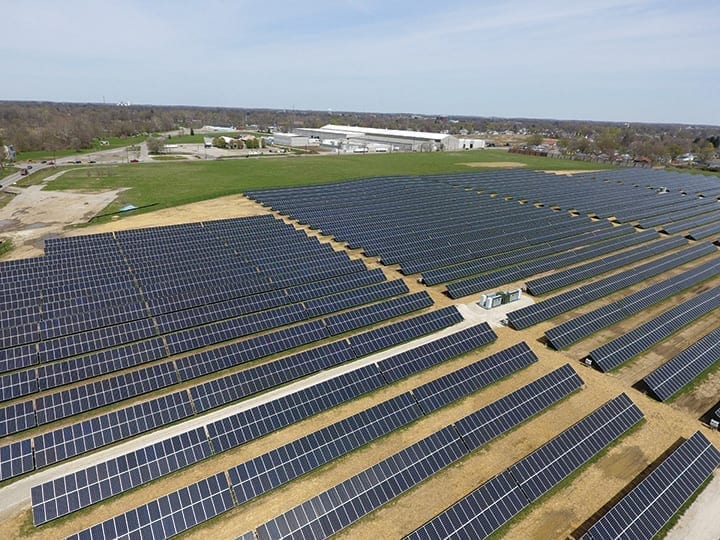Brownfield Sites Spur Opportunity in the Power Grid
Over the past few years, climate change coupled with the Biden administration’s push for clean energy alternatives has spurred innovation in the power grid. One growing trend among developers, planners and forward-looking utilities centers on repurposing former brownfields and superfund sites into facilities that produce renewable energy alternatives such as wind and solar energy.
The U.S. Environmental Protection Agency (EPA) defines brownfield sites as properties, often in desirable markets, that are contaminated by pollutants.
COMMENTARY
Based on recent estimates by the EPA, there are more than 450,000 brownfields in the U.S. Across the country—and especially in urban areas with a 100+ year industrial history such as New York/New Jersey and Chicago—there are tremendous opportunities (and often tax incentives) for buyers to convert contaminated brownfield locations into solar and wind farms. With such opportunities, however, come significant risks and hazards, which planners and developers need to mitigate.
Rehabilitation Risk
That’s because remediation—i.e., the act of removing or sealing off environmental damage so that contaminated properties such as abandoned chemical factories or manufacturing plants can be used for new purposes without health risk—can be very expensive, especially in areas of the country with a long industrial history of pollution and contamination. Failure to address the logistics and expenses associated with remediation can affect the cost of development, the health of workers decontaminating the site, and potential third-party exposure, such as the release of pollutants into neighboring properties and/or the disturbance of natural habitants during construction. All of this can impact an investor’s bottom line.
Fortunately, investors can use insurance to help offset environmental liabilities. When combined with tax incentives and EPA grant programs in some states, insurance solutions can make the redevelopment of brownfields into wind and solar farms an attractive business proposition. Insurance contracts offset risks associated with contaminated sites—risks that could cost buyers millions of dollars.
Due Diligence and Guidance
There are also important due diligence practices that buyers should put in place when converting brownfield properties into new uses, including alternative power generation spaces. Clients who are buying and selling contaminated properties should always do due diligence on these properties. This includes a phase one environmental site assessment during which environmental consultants conduct subsurface and groundwater testing. If a second phase is necessary, it will include additional testing on any contaminants found on the site.
Cost Caps for Alternative Energy Solutions
Often, however, when sites are being used for solar and wind farms, investors don’t need to remediate the entire site, because the main risk of bodily injury is from solar/wind workers coming onto and off the site. This saves buyers both time and money. When brownfields are converted into residential or office use, there’s a higher likelihood of third-party bodily injury claims—both from workers remediating the site, and later, from residents living and working there. That’s because heavy industrial sites can leave contaminants in the soil, which, over time, can compromise air and water quality if not handled properly.

In addition to health risks, this can be expensive and time-consuming to address, adding millions of dollars as well as years to a project timeline.
With wind and solar farms, there’s a relatively low likelihood of bodily injury claim, since workers prepping the site are there for short periods of time; unlike residents they aren’t drinking ground water, digging up soil, or breathing in vapors for multiple years. As a result, planners, developers, and investors can reduce the risk as well as time-to-completion of converting brownfield locations into facilities that produce renewable energy.
Investing in the Future
Equally important, when investing in wind and solar farms, forward-thinking planners and investors (be they utilities or other third parties) can help spur innovation in the energy grid. Currently, alternatives generate about 20% of all U.S. electricity, and that percentage continues to grow. Going forward, solar and wind facilities are expected to add more than 60% of the new utility-scale generating capacity to the U.S. power grid.
As the Biden administration continues to push for renewable energy solutions, forward-thinking investors and utilities have considerable development opportunities and tax incentives at their disposal. They also have insurance solutions to protect them as they take important steps to invest in our energy future.
—Emily Bourdeau is vice president in NFP’s Environmental Practice.